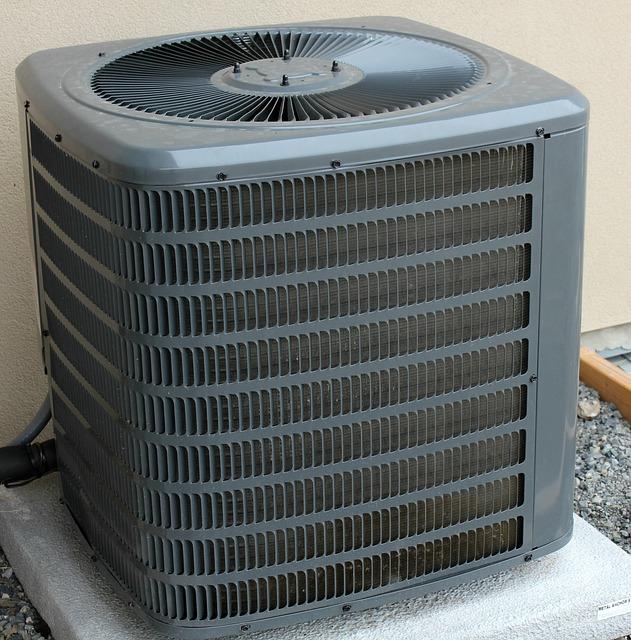Our home’s and city’s sewer system works relentlessly day and night. We hardly pay attention to what goes underground. Horror movies and mystery flicks might have led us to believe that sewer pipes are dingy, dirty and better left unexplored.
But there are some interesting facts about the sewer system and we have unearthed them just for you!
1. Sewer lines don’t always stink
We assume that all sewer lines are of the same type and have the same purpose. But there are three types of sewer systems. These are categorized on the basis of the discharge that is carried. The sanitary sewers carry waste from homes to sewerage treatment plants; the surface water sewers carry rainwater from the streets and homes to streams and rivers; and combined sewers that carry both wastewater and rainwater to treatment plants.
This leads us to another interesting fact. Since all sewer lines don’t carry human waste, all of them don’t stink! The sewer pipes may be dingy and damp and a little bit musty too, but they don’t always stink of human waste.
2. Sewer systems are architectural heritage
Sewers are among the oldest town planning features of human civilization. Archaeological evidence suggests that the ancient Indus Valley civilization pioneered the sewer systems. A system of enclosed drains and a provision for septic tanks existed even back then.
Ancient Romans are considered to be the origin of our modern sewer systems. In fact, most of the sewer lines were supposedly laid down way back in history during the Victorian era.
3. Your internet is linked to the sewer
The internet is linked to a server. This is a well known fact, of course. But did you know that the internet also has some close connections with the sewer?
The internet broadband cables are physically located inside the sewer lines. When laying the internet cables, using the sewer network remains the most practical way to avoid unnecessary digging and disruption.
4. Sewer systems are essential for public health
Sewer systems prior to the 18th century were installed with the primary function of carrying wastewater and discharge away from our homes. But in this process, the sewer lines carried all the polluted water directly to water bodies. There was no way to manage the waste.
Modern sewer system is also an effective sanitation system. The wastewater from our homes is carried to sewage treatment plants and thoroughly sanitized. This is a major step for safeguarding public health and environmental conservation.
5. Lateral sewer lines are homeowner’s responsibility
Most homeowners are ignorant about lateral sewer lines. The lateral sewer lines are sort of a dividing line, which distinguishes our home’s sewer line from the public sewer line. While the public sewer line runs parallel to the roads, the lateral sewer lines run perpendicular.
It is the homeowner’s responsibility to maintain the lateral sewer line and carry out sewer line excavation if any problem arises. Consequently, you should take preventive steps to avoid clogging and other problems in the lateral sewer line. You should avoid flushing anything other than human waste down the toilet to ensure that the lateral sewer line doesn’t clog. Also avoid planting trees near the lateral sewer line because the roots may penetrate the pipes and cause clogs.
6. Sewers are facing the ‘Fatbergs crisis’
You probably never heard of ‘Fatbergs’ until today. While we are discussing the subject of sewers, it is pertinent that we bring the issue of ‘Fatbergs’ to light.
‘Fatbergs’ are floating masses of grease and fat in the sewer lines. Grease and fats do not break down easily and start to solidify at low temperatures.
Did you know that the biggest ‘fatberg’ in our history was found to be the size of a bus?! Imagine all the fat and grease from cooking that goes down the drain, collects as ‘Fatbergs’ and clogs the sewer pipes.






